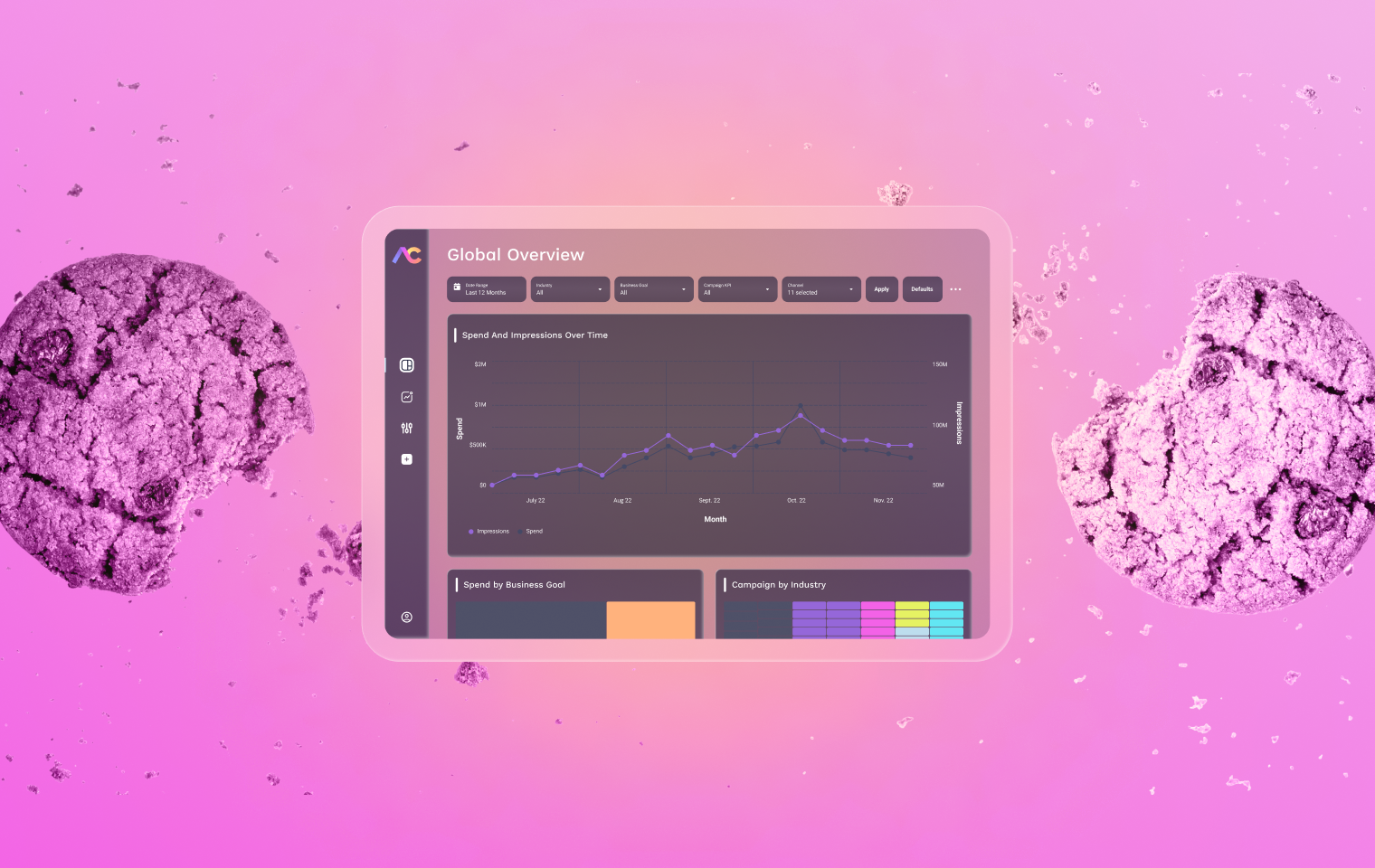I recently watched a webinar featuring Top Advertising Predictions for 2025, and one of the attendees wanted to know just how worried brands should be regarding the uncertainty surrounding cookies.
While the presenter gave an eloquent answer, I have a much more bold response: they should just stop worrying about it.
The cookie era is ending, and with it, the illusion of precise online attribution. But that is just it—so much of online tracking is actually an illusion. While tracking cookies can help attribute online sales or sign-ups to certain media placements, it will never solve the fact that every media plan now has separate platforms that won’t ever talk to each other, regardless of when cookies go away.
The more fragmented a media mix becomes, the more chance there is for duplication within attributed media metrics. Not to mention layering in offline channels with little direct attribution capability that plays nice with that of digital tactics. No matter how you slice it, there’ll always be a high chance of duplication.
Of course, attributed media metrics are important for media teams to have, as it will ensure their investments are being allocated to the most relevant placements, creatives, or audiences within a singular platform. However, these attributed metrics do not always tell us what is actually happening to the client’s bottom line. It also tends to bring focus to short-term wins rather than long-term growth.
Instead of focusing on cookie replacement, it’s time for brands to shift their focus from obsessing over granular attribution to embracing media mix modeling (MMM) to understand what truly drives their business outcomes. This is especially important for industries that spend mostly offline, such as retail – where 80% of sales are accounted for in-store – so digital attribution isn’t an option. [1]
MMM offers a holistic approach by analyzing historical data across all channels—TV, social, digital, print, and more. It uncovers the interplay between these touchpoints, quantifies their contributions to key outcomes, and helps brands optimize their spending for maximum ROI. MMM doesn’t depend on cookies or user-level data, making it future-proof in an increasingly privacy-conscious world.
I also realize, MMM is typically associated with high costs and long development timelines. Arm Candy has a solution that can more easily fit into a media budget.
CYRIS, Arm Candy’s proprietary media intelligence technology, has functionality rolling out in 2025 to allow for quick and seamless media mix modeling for brands. To date, CYRIS aggregates all historical data to visualize trends and benchmarks and inform strategies. The upcoming AI and machine learning features will allow for brands to analyze historical business data alongside historical campaign data, and provide forecasted business outcomes along with the optimal media mix, complete with predicted media KPIs attributed to each channel.
As online attribution becomes more complicated, it is time to take a step back for a clearer picture of how each media investment is working to drive business outcomes forward. Leaning into media mix modeling empowers marketers to make data-driven decisions, ensuring that their investments drive measurable results and long-term business success—even in a post-cookie world.
Reach out today to find out more about Arm Candy’s technology, CYRIS.
References:
[1] The modern customer journey: Understanding multichannel discovery, research, and purchase patterns, Impact.com x eMarketer


